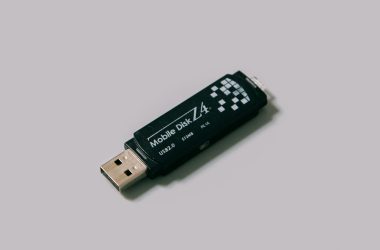The International Mobile Equipment Identity (IMEI) number is a unique identifier assigned to mobile devices. This number plays a crucial role in the telecommunications industry, allowing network providers to identify devices, manage networks, and prevent theft. Understanding the format of the IMEI number is essential for anyone involved in mobile technology, from consumers to industry professionals. This article explores the structure, significance, and use cases of the IMEI number.
The Structure of the IMEI Number
The IMEI number is a 15-digit code that consists of several distinct sections, each serving a specific purpose. Here’s a breakdown of its structure:

1. Type Allocation Code (TAC)
– Digits: The first eight digits
– Purpose: The TAC identifies the device’s manufacturer and model. It is assigned by the Global System for Mobile Communications Association (GSMA) and is unique to each model of a device.
– Format: The first two digits of the TAC represent the Reporting Body Identifier (RBI), which indicates the organization that issued the TAC.
2. Serial Number (SNR)
– Digits: The next six digits (digits 9 to 14)
– Purpose: The SNR is a unique sequence assigned by the device manufacturer to distinguish individual devices within the same TAC group.
– Format: It’s a numeric code that ensures each device has a unique identifier within its model group.
3. Check Digit (CD)
– Digit: The last digit (digit 15)
– Purpose: The check digit is used to validate the entire IMEI number. It is calculated using the Luhn algorithm, which helps prevent transcription errors.
– Format: This is a single digit calculated based on the previous 14 digits.
The Luhn Algorithm
The Luhn algorithm, also known as the “modulus 10” or “mod 10” algorithm, is a simple checksum formula used to validate various identification numbers, including the IMEI. Here’s how it works for the IMEI number:
1. Double Every Second Digit: Starting from the right, double the value of every second digit.
2. Add the Digits Together: If doubling a digit results in a number greater than 9, add the two digits of the resulting number together (e.g., doubling 7 results in 14, which becomes 1 + 4 = 5).
3. Sum the Digits: Add all the digits together.
4. Check Digit Calculation: The check digit is the amount needed to make the total sum a multiple of 10.

Significance of the IMEI Number
1. Device Identification
The primary function of the IMEI number is to identify mobile devices on a network. This helps network operators manage devices and services effectively.
2. Theft Prevention and Tracking
IMEI numbers are essential in preventing theft and tracking stolen devices. When a device is reported stolen, network operators can blacklist the IMEI number, preventing it from accessing the network. This makes stolen devices less valuable and acts as a deterrent to theft.
3. Network Management
Operators use IMEI numbers for network management tasks, such as provisioning services, monitoring device usage, and managing device compatibility with network features.
4. Warranty and Support
Manufacturers and service providers use IMEI numbers to track warranty status and provide support services. When a device is brought in for repair or replacement, the IMEI number helps verify its authenticity and warranty coverage.
5. Regulatory Compliance
Regulatory bodies may use IMEI numbers to enforce compliance with telecommunications regulations. This includes ensuring that devices meet specific technical standards and preventing the use of unauthorized devices on the network.
How to Find Your IMEI Number
Finding your device’s IMEI number is simple and can be done in several ways:
1. Dialing a Code
The most straightforward method is to dial *#06# on your device’s keypad. The IMEI number will be displayed on the screen.
2. Settings Menu
You can also find the IMEI number in your device’s settings. On most smartphones, go to Settings > About Phone > Status > IMEI Information.
3. Device Packaging and SIM Tray
The IMEI number is often printed on the packaging of the device and sometimes on the SIM tray or under the battery for older models.
The IMEI number is a vital component in the world of mobile telecommunications. Its structured format, consisting of the Type Allocation Code, Serial Number, and Check Digit, ensures that each mobile device has a unique identifier. This unique identifier is crucial for device identification, theft prevention, network management, and regulatory compliance. Understanding the format and significance of the IMEI number helps both consumers and professionals navigate the mobile technology landscape more effectively.






